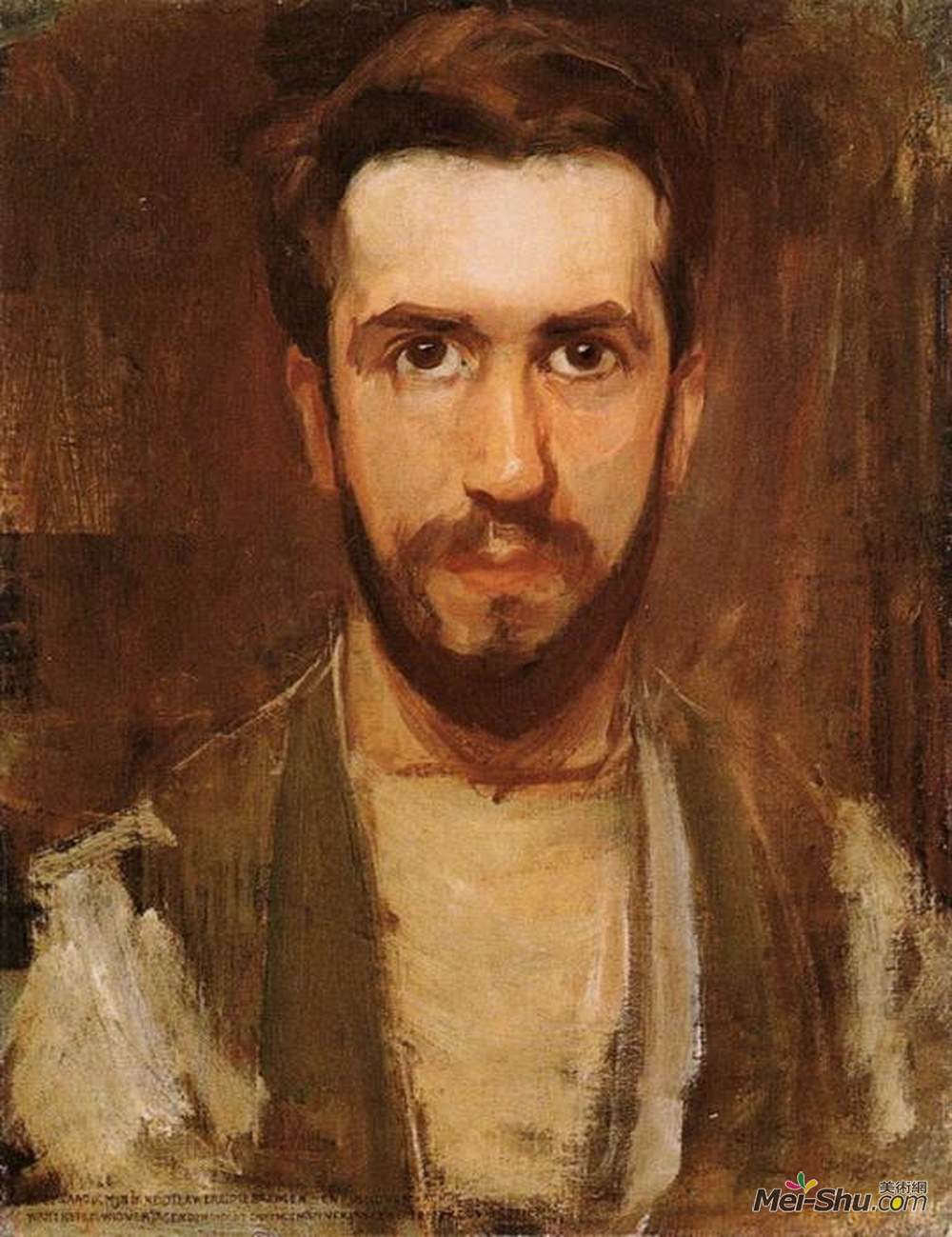
皮特·蒙德里安(Piet Mondrian)
艺术家: 皮特·蒙德里安
生于: 1872年3月07日;荷兰阿默斯福特,
卒于: 1944年2月01日;美国纽约
国籍: 荷兰
流派: 荷兰风格派
领域: 绘画
受影响: Cubism,文森特·梵高,保罗·塞尚,巴勃罗·毕加索,雅各布·凡·雷斯达尔
影响: 约瑟夫·亚伯斯,Ad Reinhardt,Lee Krasner,Ilya Bolotowsky,Abstract Expressionism,Minimalism,Balcomb Greene
朋友: 马克·夏加尔,费尔南德·莱热,简·托罗普,Theo van Doesburg,Roman Selsky,Margit Selska
机构: 已经rijksakademie Kunsten van,阿姆斯特丹,荷兰
蒙德里安是一位有影响的非具象派画家,他的艺术在他的一生中演变成了自己独特的风格,他创造了“新可塑性”。这种艺术不是基于外部的艺术影响或典型的技术,而是蒙德里安对他的深刻诠释。感到哲学信仰他赞成两套哲学信仰:神学,一种寻求帮助人类达到完美的宗教神秘主义;以及人类学,认为精神世界可以通过内在自我的发展直接进入。他的作品旨在通过审美美来帮助人类,打破绘画的具象形式。他在1917和1918出版了他的艺术出版De Stijl(风格)的新塑主义解释。虽然他早期的作品具有代表性,但是他慢慢发展了他的艺术哲学,他的作品先是逐渐发展为立体主义,然后发展为纯粹的抽象主义和无代表性。第一次世界大战后,他在战后巴黎的气氛中蓬勃发展,这使他获得了纯粹的创造性自由。二战爆发后,法西斯主义的临近,他移居到NY的曼哈顿,在那里度过了他的余生。这是他在曼哈顿的工作室,他觉得最有创造力,在其中他创造了他的伟大杰作。蒙德里安是一位热心的画家,他会油漆直到双手鼓泡。有时他使自己生病,和其他人使他自己哭累了。在曼哈顿的公寓里,他重新布置了墙上的大型彩色面板,并绘制了其他部分,在完成画布画或完成绘画时重新布置并移动这些面板。他后来说,他在曼哈顿演播室不断变化的环境是他居住过的最好的空间。他死后,他的朋友哈利·霍兹曼仔细地测量了蒙德里安墙上的每个镶板,并将它们变成了一个名为“墙工场”的旅游展览。今天,Piet Mondrian的遗产生活在伊夫·圣·洛朗的时尚和欧莱雅的化妆线上。
Artist :Piet Mondrian
Additional Name :Pieter Cornelis Mondriaan
Born : Amersfoort, Netherlands
Died : New York , United States
Nationality :Dutch
Art Movement :De Stijl (Neoplasticism)
Influenced by :artists-by-art-movement/cubism,vincent-van-gogh,paul-cezanne,pablo-picasso,jacob-van-ruisdael
Influenced on :josef-albers,ad-reinhardt,lee-krasner,ilya-bolotowsky,artists-by-art-movement/abstract-expressionism,artists-by-art-movement/minimalism,balcomb-greene
Friends and Co-workers :marc-chagall,fernand-leger,jan-toorop,theo-van-doesburg,roman-selsky,margit-selska
Art institution :Rijksakademie van beeldende kunsten, Amsterdam, Netherlands
An influential non-representational painter, Piet Mondrian’s art evolved over his lifetime into his own unique style, which he coined “neo-plasticism.” This art was not based on outside artistic influences or on typical techniques, but was instead Mondrian’s interpretation of his deeply felt philosophical beliefs. He subscribed to two sets of philosophical beliefs; theosophy, a religious mysticism which sought to help humanity achieve perfection, and anthroposophy, which held that the spiritual world was directly accessible through the development of the inner self. His works were thus aimed at helping humanity through aesthetic beauty and breaking from a representational form of painting. He published his explanation of neo-plasticism in his art publication De Stijl (The Style) in 1917 and 1918.
Although his early work was representational, he slowly developed his artistic philosophy, his works slowly devolving first into cubism, then to pure abstraction and non-representation. After WWI, he flourished in the post-war atmosphere of Paris, which allowed him pure creative freedom. Upon the outbreak of WWII, and the approach of fascism, he moved to Manhattan, NY, where he spent the rest of his life. It was in his Manhattan studio where he felt most creative, and in which he created his great masterpieces.
Mondrian was an avid painter, and would paint until his hands blistered. Sometimes he made himself sick, and others he made himself cry from exhaustion. While in his Manhattan apartment, he rearranged large colored panels on his walls, and painted other portions, rearranging and moving the panels as he completed his canvas paintings, or as he completed periods of painting. He later said that his ever-changing surroundings in his Manhattan studio was the best space he ever inhabited. After his death, his friend Harry Holtzman carefully measured each of the panels on Mondrian’s walls and turned them into a traveling exhibition called Wall Works.
Today, Piet Mondrian’s legacy lives on in the fashions of Yves Saint Laurent, and the L’Oreal make-up line.